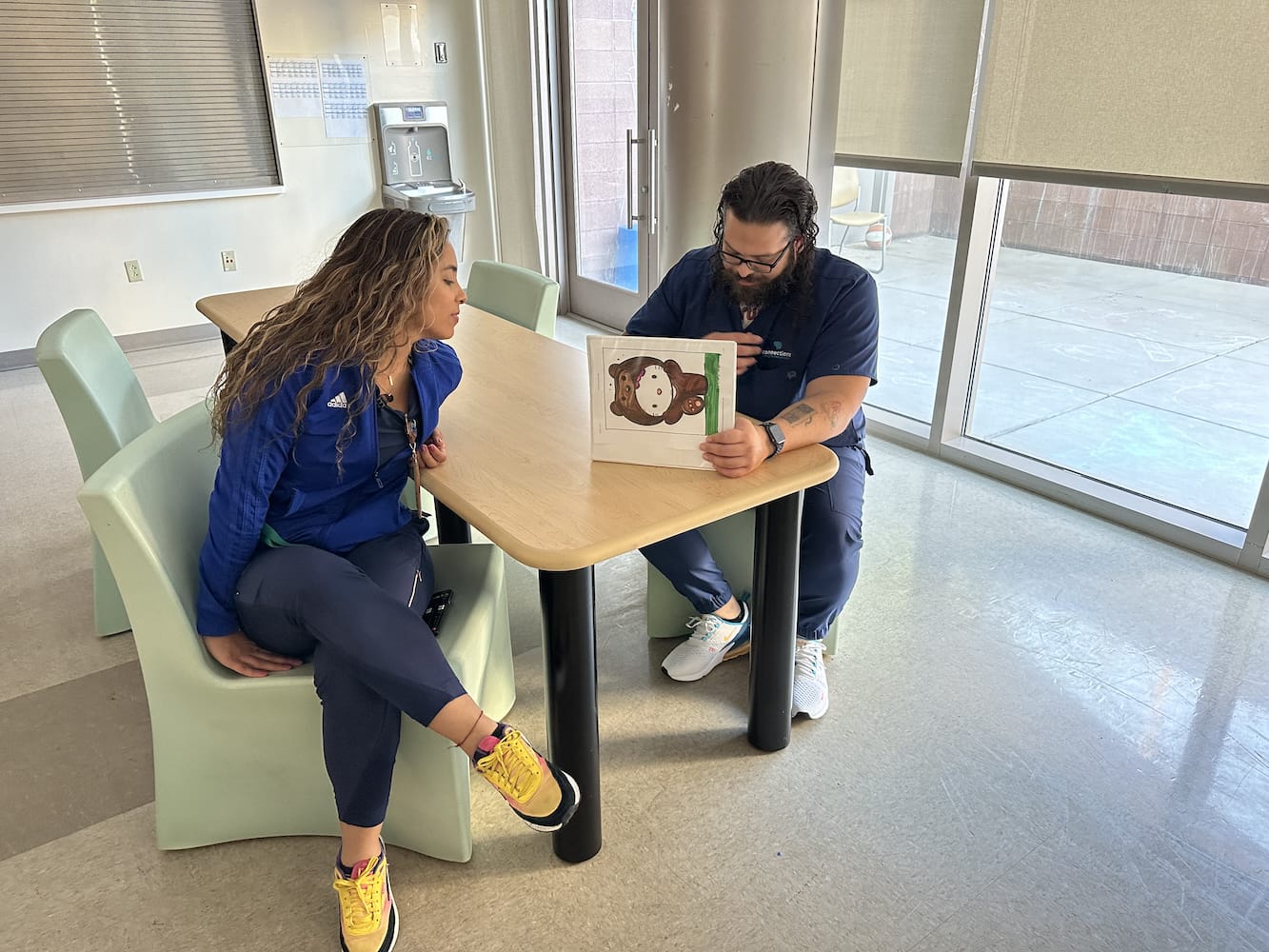
Components of Effective 23-Hour Observation Programs for Mental Health
23-hour observation programs may seem straightforward on the surface, but it's the specific components and protocols that separate the most effective programs from the rest.
The 23-hour observation unit is a more intensive level of care than an inpatient psychiatric bed in the same way that the ED is a more intensive level of care than an inpatient medical bed because patients arrive at the inpatient bed having already received some level of assessment and treatment in the ED prior to admission. With this intensive care, many individuals can be successfully stabilized in the 23-hour emergency observation unit and then discharged to the community (or stepped down to a lower level of care like rehab or a crisis residential) without the need for inpatient admission.
The core components of the 23-hour observation model set it apart from other behavioral health treatment options and even other 23-hour observation models. Individuals must meet specific criteria, treatment must be provided by a multidisciplinary team, care must begin quickly, the milieu must be a safe and comfortable environment, and a clear discharge plan must be created.
Individuals must meet specific criteria
Core to the Connections mission and model is to help every single person who comes through our door, including those who are aggressive, highly agitated, intoxicated, or are presenting with high acuity. Admission to our 23-hour observation unit is targeted to those whose symptoms otherwise require treatment in a higher level of care. If an individual meets criteria they stay in our care for up to 23 hours and 59 minutes. If an individual does not meet criteria, treatment is still performed, but in a Connections urgent care clinic, which has a more appropriate milieu.
Care begins quickly with the goal to stabilize
Each individual receiving treatment at a Connections 23-hour observation unit works with a team whose intent is to treat and stabilize rather than simply assess and triage. The sooner a person sees a provider and gets a thorough assessment, the sooner they can start treatment and the better the outcome will be. Operating under the assumption that stabilization will occur, we also begin discharge planning shortly after an individual’s arrival.
Treatment is provided by a multidisciplinary team
To ensure every individual receives the right level of care at the right time, our 23-hour observation unit includes a five-person multidisciplinary team offering medical, nursing, and social services. The team includes a peer, behavioral health specialist, social services professional, nurse, and psychiatric provider who are knowledgeable and experienced in behavioral health. These specialists regularly engage with individuals in the unit, providing treatment and interventions to help them stabilize.
Milieu prioritizes monitoring and safety
The safety of individuals and our staff is important, and each Connections’ center with a 23-hour observation treatment unit must meet specific architectural and safety requirements. Individuals receive care in an open-space therapeutic milieu that is intentionally designed to prioritize treatment and allow for the 24/7 direct oversight
and continuous engagement by staff. The design and layout ensure staff can closely monitor treatment progress and make safety determinations quickly. Since the 23-hour observation unit features one large room with recliner chairs rather than a few individual rooms with a very limited number of beds, we can treat more people and adapt to a changing level of demand for care.
Discharge plan has clear next steps
When a person is admitted into 23-hour observation, discharge planning begins immediately. We strive to identify and meet the treatment needs of each person as quickly as possible, and create a post-crisis plan
that continues to meet those needs in the community. Each individual leaves Connections with resources and referrals, their discharge summary, and tailored plan to help them start their recovery journey.
The 23-hour observation unit is a vital component of the behavioral health crisis care continuum. By prioritizing safety, efficiency, and individualized support, every individual experiencing a behavioral health emergency can get immediate access to appropriate care, receive treatment that prevents unnecessary inpatient stays, and establish connections to resources for long-term recovery.
Related
Sign Up For Our Newsletter
Discover the latest news about Connections and best practices in behavioral health care.
Stay up-to-date with critical insights for our communities, managed care organizations, providers, and more.